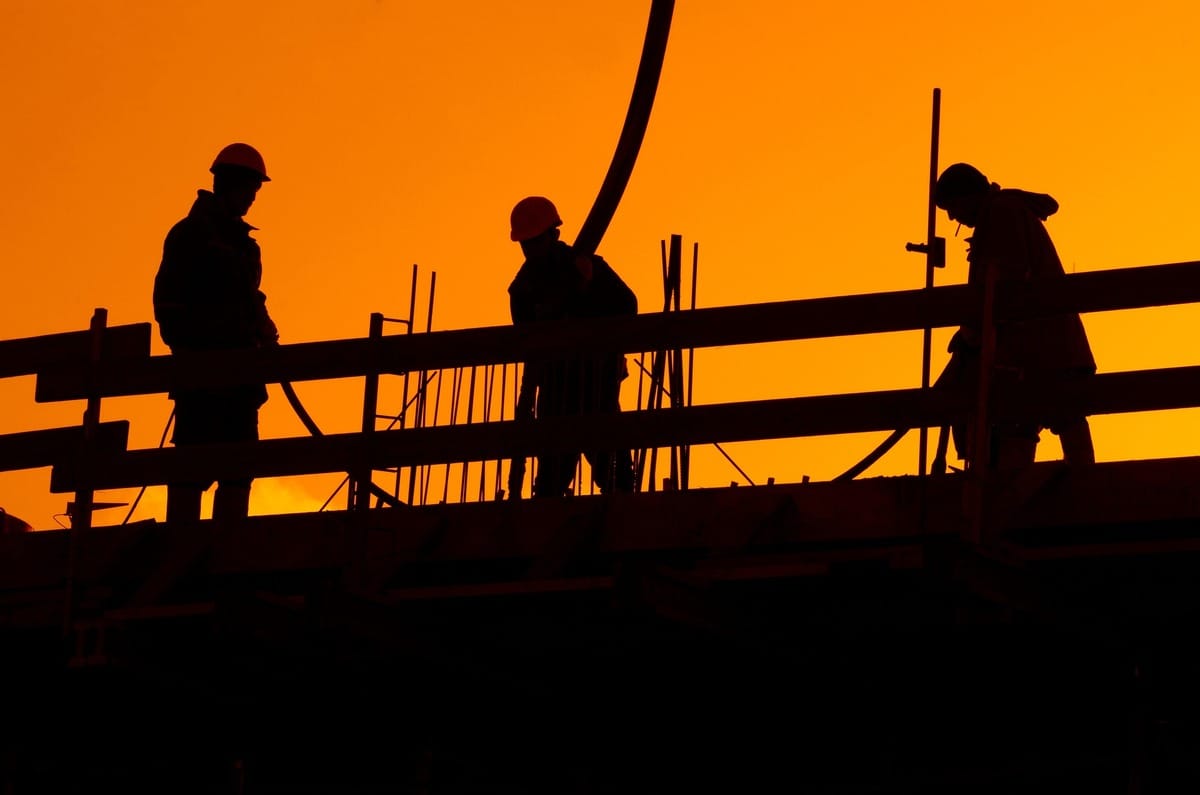- Full Brim Safety
- Posts
- Excavation & Trenching Safety (Recap & Deep Dive)
Excavation & Trenching Safety (Recap & Deep Dive)
Full Brim Safety: Build Smart, Build Safe

Excavation & Trenching Safety (Recap & Deep Dive)
Welcome back, let's Build Smart & Build Safe! Yesterday, we introduced the extreme dangers of "caught-in/between" incidents. Today, we're revisiting the most lethal of these hazards: excavation and trench collapses.
While we've covered this topic in the past, it's so critical to preventing caught-in/between injuries that it's worth a specific refresher. The sudden, crushing force of a cave-in leaves no time for escape, making it a constant and deadly threat.
Recap: The Three "S's" of Trench Protection
To prevent a trench from collapsing and crushing a worker inside, remember the three main protective systems:
Sloping: Cutting the trench walls at an angle inclined away from the excavation to a safe grade.
Shoring: Installing a system of uprights, sheeting, and braces to prevent soil movement.
Shielding: Using trench boxes or shields to protect workers inside the excavation.
Beyond the Cave-in: Other Caught-In Risks in a Trench
Even with proper protective systems in place, other "caught-in/between" risks exist within and around a trench:
Equipment & Wall: A worker can be crushed between a piece of equipment (like a backhoe bucket or excavator arm) and the trench wall. Always maintain a safe distance and communicate clearly with operators.
Spoil Pile: If the spoil pile is not kept at least 2 feet back from the trench edge, falling soil or materials can strike and bury a worker inside.
Material from Above: Heavy materials, like a large pipe or piece of sheeting, can shift or be lowered improperly, pinning or crushing a worker.
The Role of the Competent Person
A Competent Person is legally responsible for inspecting a trench daily and after every rainstorm. Their role is to identify these hazards and ensure the protective systems and safe work practices are in place. Never enter a trench unless it has been deemed safe by a Competent Person.
Your awareness of these risks and your diligence in following protective measures are your best defense against the sudden, crushing force of a trench collapse.
-The Safety Man
